Introduction
Experience the timeless magic of vinyl! Turntables have been spinning our favorite tunes for generations, captivating music aficionados with their warm, rich sound quality. Since their grand debut in the late 19th century, these groovy gadgets have evolved with the times, keeping pace with cutting-edge technology and the ever-shifting tastes of music enthusiasts.
Vinyl records provide an unparalleled listening experience, characterized by the warmth and depth of sound that digital formats often struggle to replicate.
The tactile nature of vinyl creates a unique connection between the listener and the music, as they physically engage with the record, its artwork, and liner notes. Turntables play a crucial role in bringing this vinyl experience to life, converting the grooves etched into the record into clear, vibrant sound.
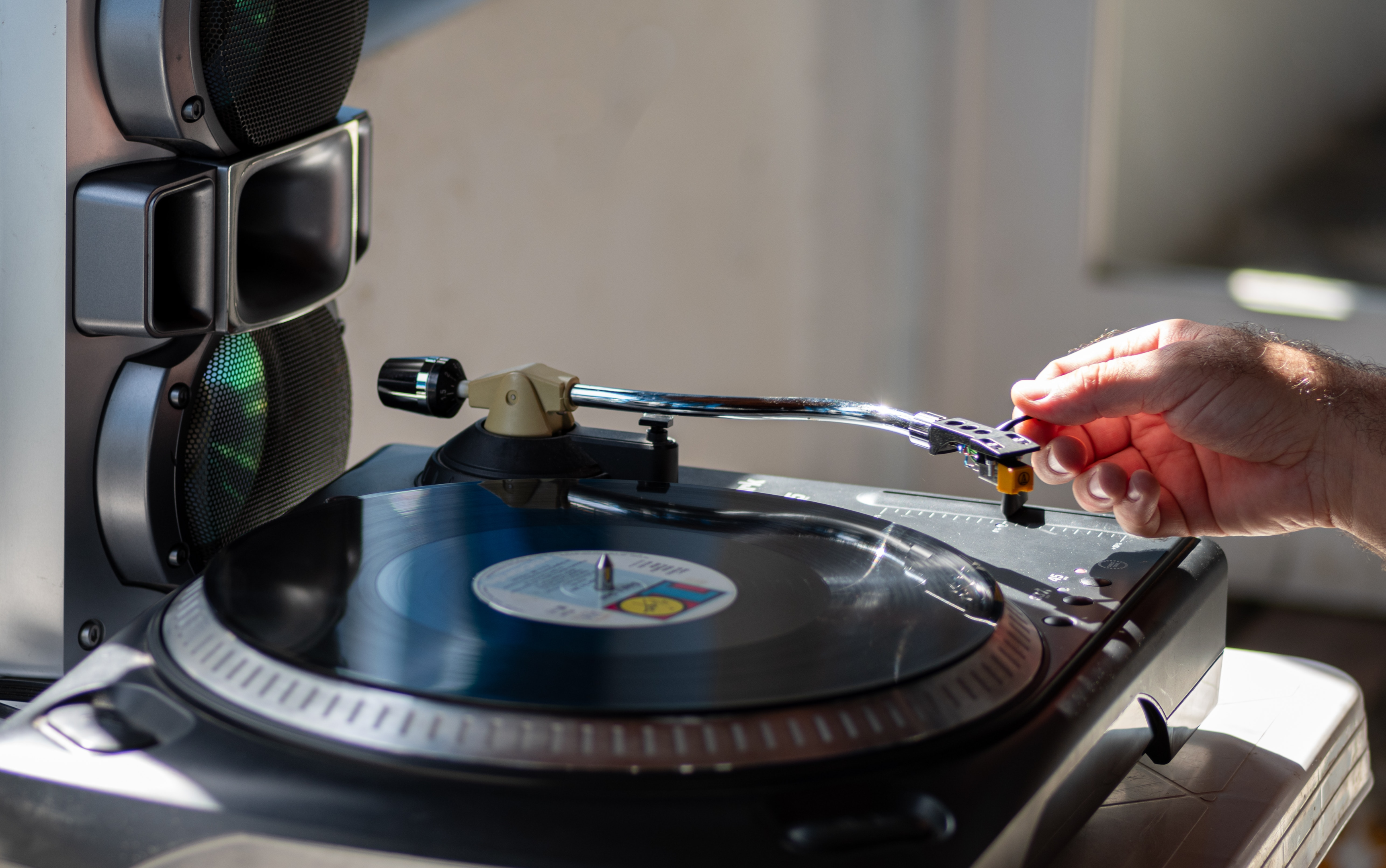
Over the years, turntables have become more than just functional devices; they are now cherished pieces of audio equipment that combine style, craftsmanship, and nostalgia, captivating generations of music enthusiasts.
Get ready to spin those records in style! The turntable world is ruled by two key players: the sleek and powerful direct-drive turntables, and the smooth, soulful belt-drive turntables.
Ready to dive into the vinyl universe? This article will guide you through the perks of direct-drive record players, stacking them up against the belt-drive contenders. So buckle up and let's find your dream turntable!
Understanding Direct Drive Turntables
Direct drive turntables feature a motor directly connected to the platter, resulting in consistent speed control and high torque. Popular direct-drive turntable brands include Technics, Audio Technica, and Pioneer. These models are known for their advanced features and better performance, making them a popular choice among vinyl enthusiasts.
Understanding Belt Drive Turntables
Belt drive turntables, on the other hand, use an elastic belt to connect the motor and the platter. Brands like Pro-Ject and Rega are well-known for their belt drive tables. While they generally offer good sound quality, belt drives may face issues like speed accuracy and motor noise over time.
Comparing Direct Drive and Belt Drive Turntables
Ready to unlock the secrets of direct-drive and belt-drive turntables? We're about to dive deep into their unique differences, revealing how they can shape your vinyl listening experience like never before! Let's get started!
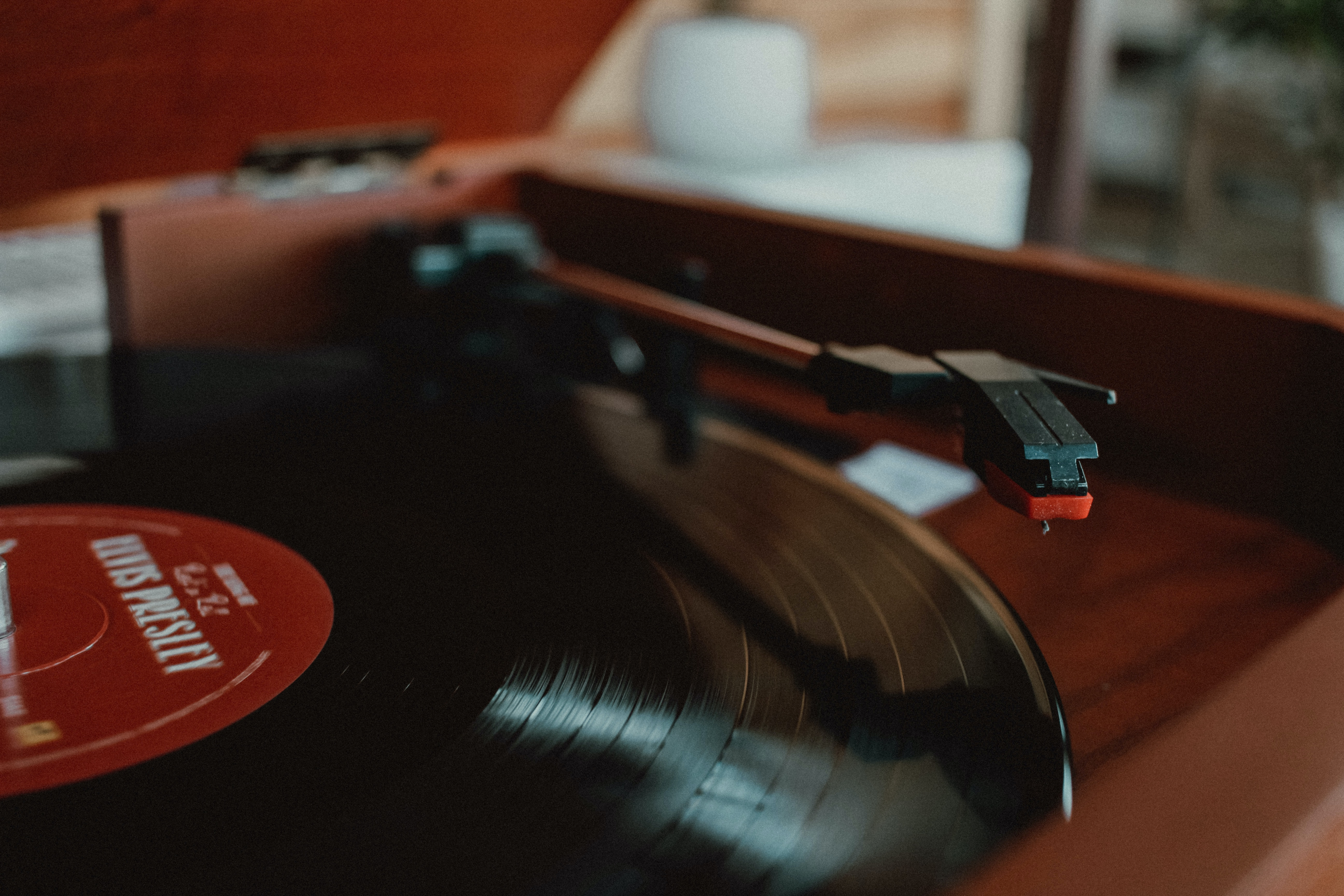
Speed Stability
Speed stability is crucial for accurate tracking of record grooves and consistent playback. This is because the stylus, or needle, must precisely follow the intricate grooves on a vinyl record to reproduce the recorded sound accurately. Any fluctuations in speed can lead to pitch variations, distortion, and an overall diminished listening experience.
Direct drive turntables excel in maintaining speed stability due to their design, which connects the motor directly to the platter. This direct connection ensures that the platter rotates at a consistent speed without fluctuations, allowing the stylus to track the grooves accurately and produce a clear and stable sound.
Additionally, direct drive turntables typically have more robust motors, providing higher torque and faster start-up times, further contributing to their superior speed stability.
Belt drive turntables, on the other hand, may struggle with speed accuracy over time due to the wear and stretching of the rubber belt that connects the motor to the platter. As the belt ages, it can lose elasticity, causing it to slip and create inconsistent rotation speeds.
This inconsistency can lead to similar issues as mentioned earlier, such as pitch variations and distortion, ultimately impacting the overall audio quality. To maintain optimal speed stability, belt drive turntable owners may need to replace the belt periodically, which can be an added expense and maintenance task.
Torque
High torque in direct-drive turntables ensures quick start-up times and consistent speed, resulting in a better sound experience. Belt drive record players, with their lower torque, may experience speed fluctuations that can affect the listening experience.
Noise and Vibration
Motor noise and vibrations can impact sound quality. Direct-drive turntables are designed to minimize harsh vibrations and motor noise, while belt-drive models rely on the rubber belt to absorb some of the vibrations. Over time, this may result in inconsistent playback and reduced sound quality.
Durability and Maintenance
Direct-drive turntables have fewer moving parts, resulting in increased durability and less maintenance. In a direct-drive turntable, the motor is directly connected to the platter, eliminating the need for additional components like belts or gears. This direct connection not only contributes to speed stability but also simplifies the overall design of the turntable, reducing the likelihood of mechanical failures or breakdowns.
The simplicity of the direct-drive design means that there is less wear and tear on components, leading to increased longevity and reduced maintenance needs. With fewer parts to malfunction or wear out, direct-drive turntables can provide consistent performance over an extended period, making them a more reliable option for those who value durability and low maintenance.
Belt drive turntables, on the other hand, require regular belt replacement to maintain optimal performance. The belt in a belt-drive turntable is responsible for transferring the motor's rotational force to the platter, enabling it to spin at the desired speed. Over time, the rubber belt can lose its elasticity, become worn, or even break, which can lead to speed instability and compromised audio quality.
To keep a belt-drive turntable operating at peak performance, users must periodically inspect the belt for signs of wear and replace it when necessary. This process can be relatively simple for some models but may be more complex and time-consuming for others, depending on the turntable's design. The cost of replacement belts and the time spent on maintenance should be taken into consideration when choosing a belt-drive turntable.
Ease of Use and Set-up
Direct-drive turntables are generally easier to set up and use, making them ideal for new users. The straightforward design of direct-drive turntables, with the motor directly connected to the platter, simplifies the assembly process by eliminating the need to install additional components like belts or pulleys.
Many direct-drive turntables come with user-friendly features such as built-in preamps, adjustable tonearms, and automatic cueing mechanisms, which can significantly streamline the setup process for beginners.
Another advantage of direct-drive turntables is their typically faster start-up times due to the higher torque provided by their motors. This means that users can begin playing their records almost instantaneously, without having to wait for the platter to reach the desired speed.
The consistent speed stability of direct-drive turntables reduces the need for manual adjustments, allowing new users to focus on enjoying their music rather than fine-tuning their equipment.
Automatic belt drive turntable models may require more manual adjustments, which can be intimidating for beginners. For instance, setting up a belt-drive turntable usually involves manually placing the belt around the motor pulley and the platter's inner rim, which can be a delicate and time-consuming process. Additionally, the belt may need to be repositioned or replaced over time, requiring further manual intervention.
Belt-drive turntables may also necessitate other adjustments, such as calibrating the tonearm's tracking force and anti-skating settings to ensure optimal performance. While these adjustments can lead to an improved listening experience, they may be challenging for those who are new to vinyl records and turntables.
Price and Affordability
While direct-drive turntables tend to be more expensive than their belt-drive counterparts, they often offer better performance and features, justifying the higher price tag. However, affordable options for both types are available, catering to different budgets.
Pros and Cons of Direct Drive Turntables
Direct-drive turntables offer numerous advantages, including consistent speed, high torque, reduced motor noise, and increased durability. However, they can be more expensive and may not always provide the same level of warmth and depth as belt drive models.
Pros and Cons of Belt Drive Turntables
Belt drive turntables are known for their warm sound quality and generally lower price point. However, they may face issues with speed accuracy, motor noise, and durability due to the reliance on the elastic belt.
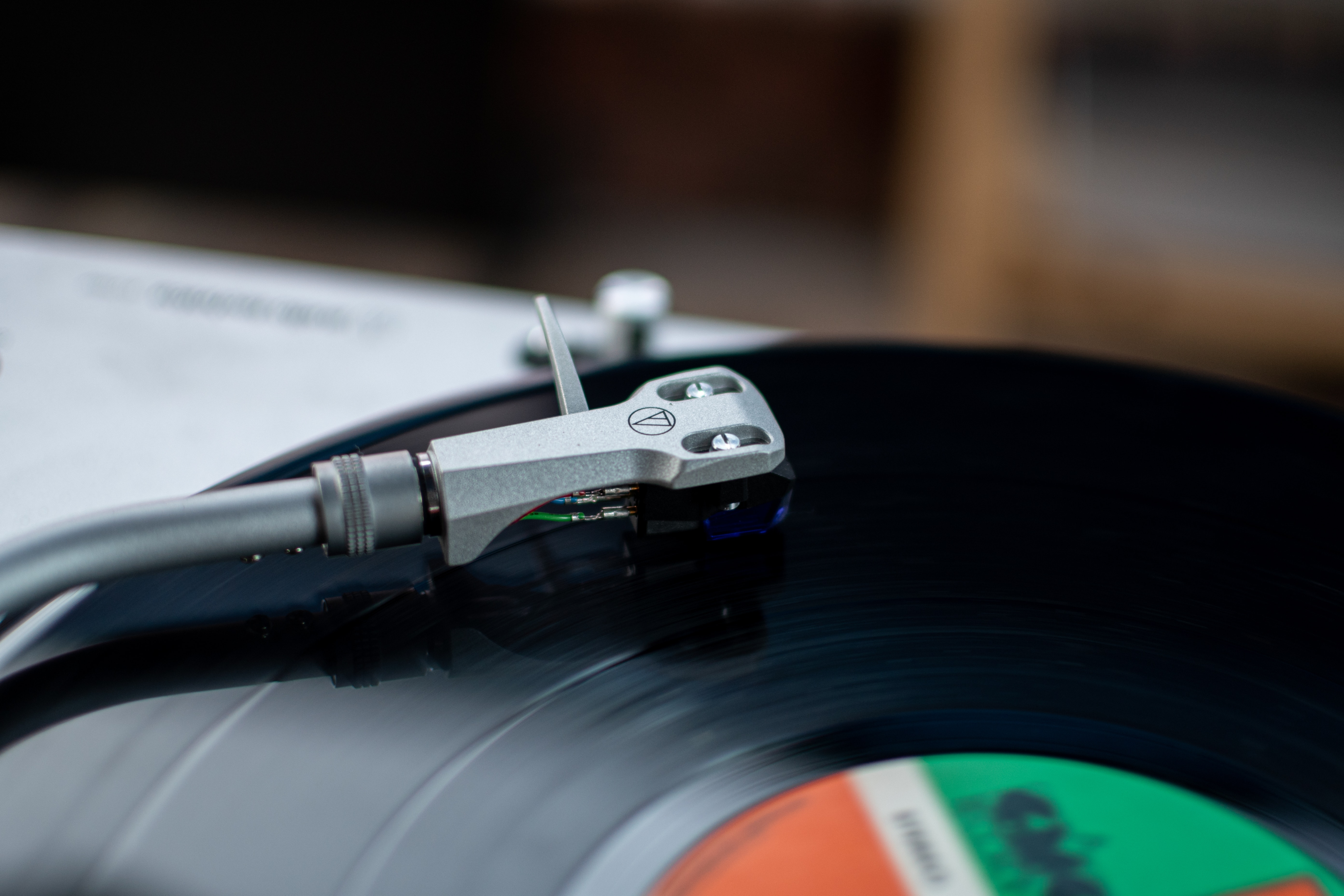
Basic Steps for Setting Up and Caring for Direct Drive and Belt Drive Turntables
Setting up a direct-drive turntable involves assembling the components (platter, tonearm, cartridge), adjusting the tonearm balance and tracking force, and connecting the turntable to an amplifier or speakers. Follow the manufacturer's instructions and consult online resources for tips on achieving optimal performance.
Setting up a belt-drive turntable is similar to setting up a direct-drive model, with the additional step of attaching the belt to the motor pulley and platter. Ensure the belt is properly tensioned and aligned to maintain consistent speeds and reduce wear on the belt.
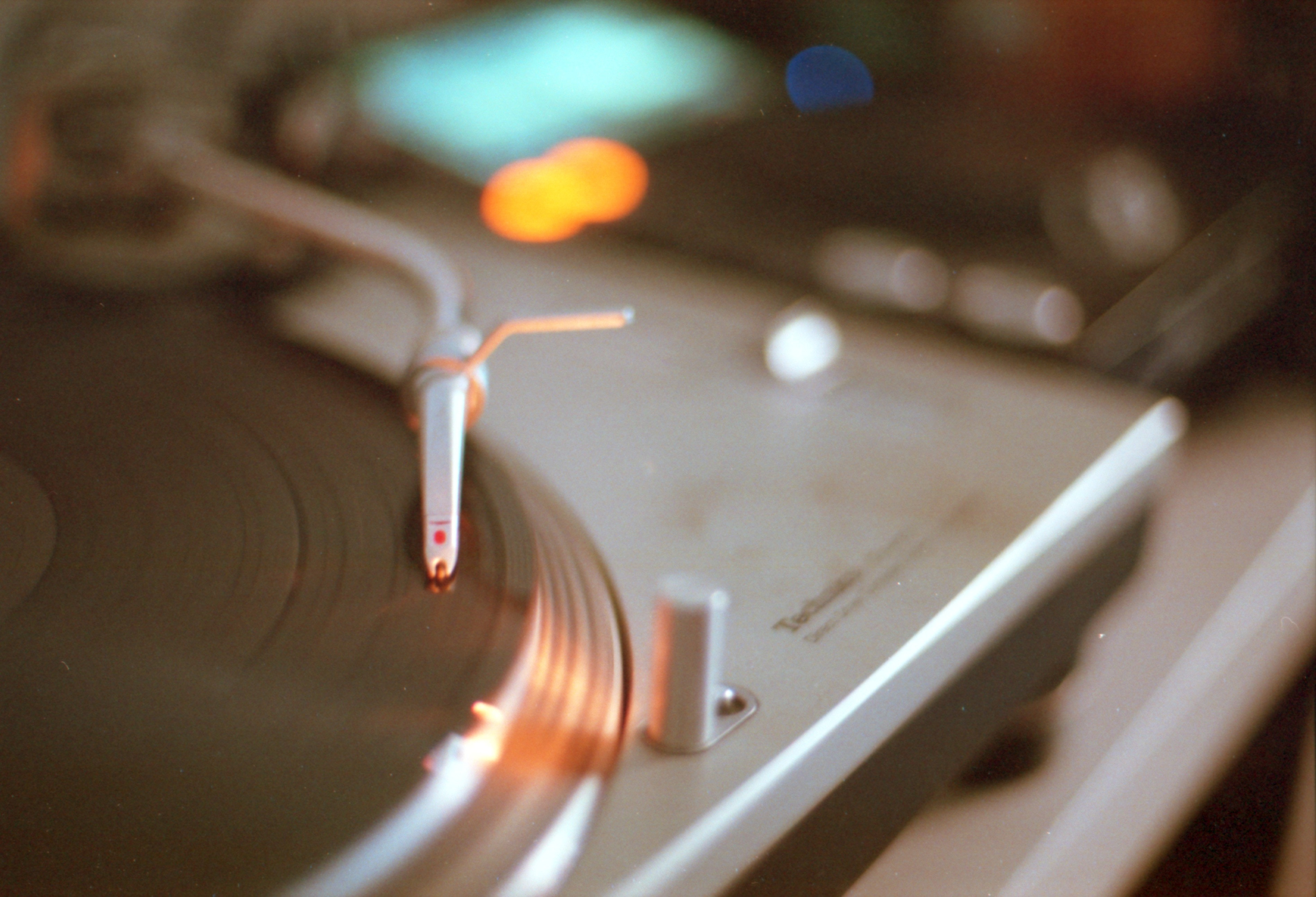
Caring for a direct-drive turntable involves regular cleaning of the stylus, platter, and records, as well as occasional lubrication of the motor. Store your vinyl records vertically and away from direct sunlight or heat sources to prevent warping and damage.
Caring for a belt-drive turntable includes regular cleaning, proper storage of records, and periodic belt replacement and adjustment. Monitor the belt for signs of wear or stretching and replace it as needed to maintain optimal performance.
Troubleshooting Common Issues and Expanding Your Turntable Setup
Common issues with direct-drive and belt-drive turntables include inconsistent speeds, motor noise, skipping, and distortion. Consult the manufacturer's documentation and online resources for tips on identifying and resolving these problems.
Enhance your turntable experience with accessories and equipment such as preamps, amplifiers, speakers, headphones, record cleaning kits, and storage solutions. Choose components that complement your direct-drive or belt-drive turntable and suit your listening preferences.
Also check out: Looking to enhance your vinyl listening experience? Check out our comprehensive guide on the must-have accessories for a complete turntable experience and make the most of your music sessions!
Making the Right Choice: Factors to Consider
When choosing a turntable, it's essential to consider individual needs and preferences. Weighing the pros and cons of direct drive and belt drive turntables can help you make an informed decision.
Audio Quality
Both direct-drive and belt-drive turntables can offer high-quality sound. Direct drive models often provide clearer sound with fewer vibrations, while belt drive models are known for their warm and rich audio quality.
Usage Frequency
Consider how often you plan to use your turntable. Direct-drive turntables are better suited for frequent use due to their durability and consistent performance. Belt drive turntables may be more suitable for occasional use or for those who prioritize a warm listening experience.
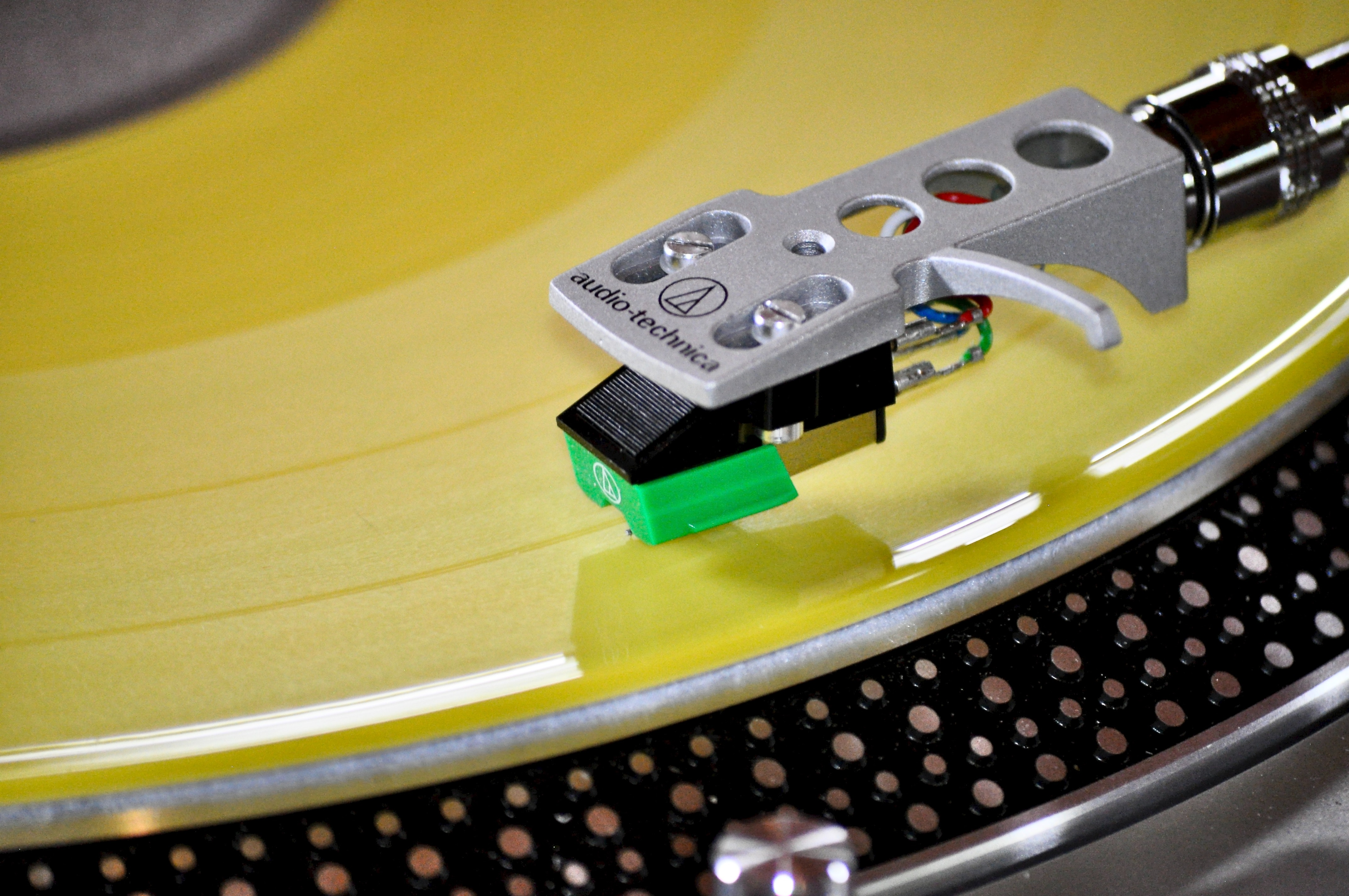
Budget
Your budget will play a significant role in your turntable choice. While direct-drive turntables tend to be more expensive, they offer better performance and features. Belt drive turntables are generally more affordable but may require more maintenance over time.
Aesthetic Preferences
Turntable design can influence your decision. Direct-drive turntables often feature sleek, modern designs, while belt-drive models may offer a more vintage aesthetic.
Compatibility with Existing Equipment
Ensure that your chosen turntable is compatible with your existing speakers, amplifiers, and other audio equipment. Both direct drive and belt drive turntables usually offer built-in preamps and wireless connectivity options like Bluetooth for easy integration with your setup.
Iconic Direct-Drive Turntable Models
Some of the most iconic direct-drive turntables throughout history include the Technics SL-1200 series, Pioneer PLX-1000, and Denon VL12 Prime. These models are renowned for their performance, durability, and influence on the DJ and audiophile communities.
Also check out: Are you an aspiring DJ looking to master the art of turntable mixing? Dive into our comprehensive guide on how to get started as a DJ using turntables and take your skills to the next level!
Iconic Belt-Drive Turntable Models
Iconic belt-drive turntables include the Rega Planar series, Pro-Ject Debut Carbon, and Thorens TD-203. These models are celebrated for their design, sound quality, and appeal to audiophiles who value the listening experience of vinyl records.
Conclusion
Direct-drive turntables offer several advantages over belt-drive models, such as consistent speed, better performance, and increased durability. These benefits stem from the design of direct-drive turntables, where the motor is directly connected to the platter, ensuring a more stable rotation and reducing the chances of mechanical failures. However, it's essential to consider your individual needs and preferences when choosing a turntable, as each type has its unique characteristics that may appeal to different listeners.
When weighing the pros and cons of direct-drive and belt-drive turntables, it's crucial to assess factors like audio quality, usage frequency, budget, and compatibility with your existing audio setup.

Audio quality is a top priority for most vinyl enthusiasts, and both direct-drive and belt-drive turntables can deliver excellent sound. Direct-drive models often provide clearer sound with fewer vibrations, while belt-drive models are known for their warm and rich audio quality. It is essential to listen to both types if possible to determine which sound profile appeals to you the most.
Usage frequency should also factor into your decision-making process. If you plan to use your turntable frequently or even professionally, a direct-drive turntable may be more suitable due to its durability and consistent performance. On the other hand, a belt-drive turntable may be more appropriate for occasional use or those who prioritize a warm listening experience.
Budget plays a significant role in the turntable selection process. While direct-drive turntables generally come with a higher price tag, they often offer better performance and features that justify the investment. Belt-drive turntables, however, are typically more affordable but may require more maintenance over time, such as belt replacement.

Compatibility with your existing audio equipment is another critical consideration. Ensure that your chosen turntable can be easily integrated into your current setup, whether through built-in preamps, wireless connectivity options like Bluetooth, or the ability to connect to external amplifiers and speakers. This will help you avoid additional expenses and ensure a seamless listening experience.
Ready to spin the perfect record? By jamming out to the pros and cons of each turntable type, and tuning into factors like audio quality, usage frequency, budget, and compatibility, you'll be set to find your ultimate vinyl companion – elevating your music collection to new heights!
